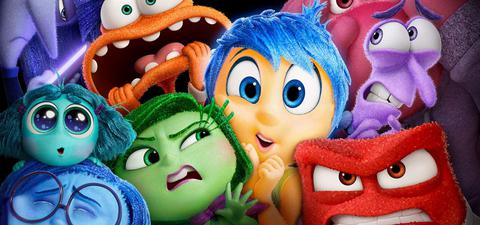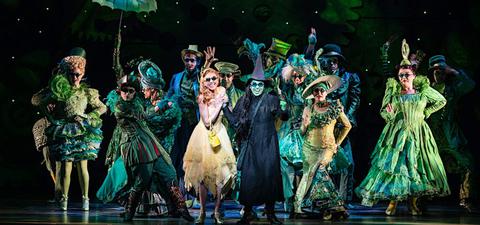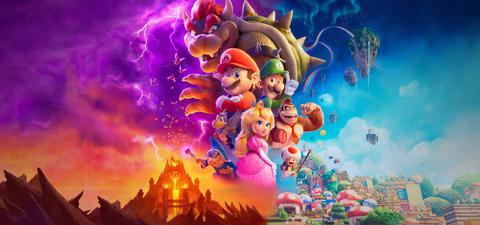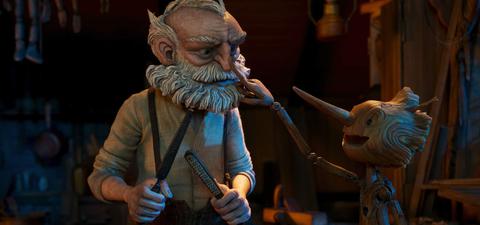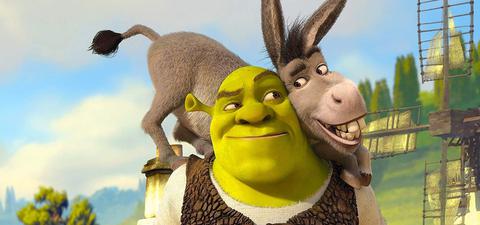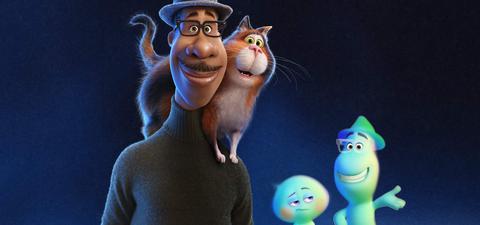Welcome to Marwen (2018)
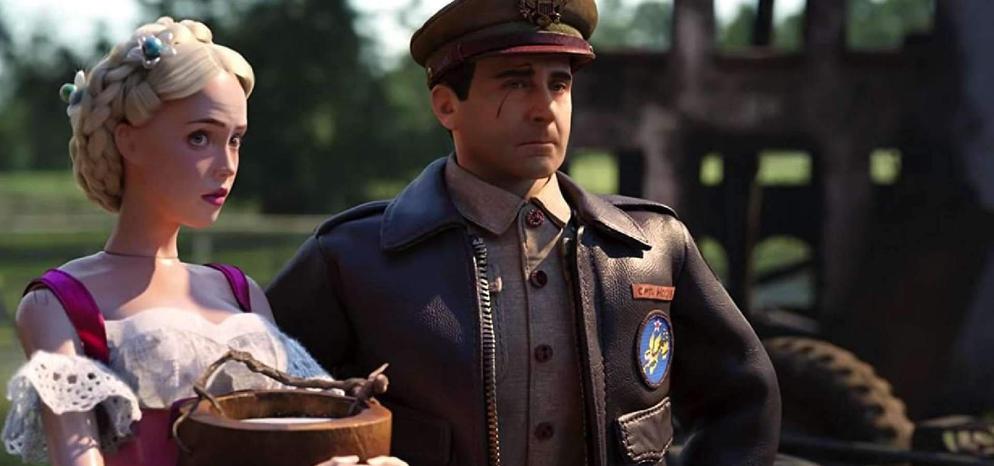
It is fascinating to take an extreme lens to a subject and give it enough life to change the way you perceive it in the way that Welcome to Marwen does. Taking trauma and making it viscerally palpable is like that. Director Robert Zemeckis challenges viewers to see the world in a new way with a work that uses fantastical framing to highlight the impact of intense suffering, and it mostly works.
For context, Welcome to Marwen attempts to paint a picture of how assault survivor Mark Hogancamp (Steve Carell) experiences the world by building a model town as a coping mechanism. He projects his pains and difficulties into this miniaturized world in an attempt to feel some level of control over his universe. It’s a challenging subject that Robert Zemeckis tries to illustrate by zooming all the way into the model village and animating the action when Hogancamp retreats into that world.
At first, it’s entertaining and whimsical to see scantily clad barbies fighting off Nazi action figures. The animation is charming as they go from animated inhabitants of the world to dolls toppled over into stiff and unmoving reminders that we’re watching toys. But if you pay attention, you start to see that they aren’t toys. They’re projections that step in during the most painful scenes of the story. Similar to how bleeping out language fails to really censor the language because the tone comes through while the context conveys the intention of the word that is being censored, these scenes take on the pain of the moments they replace.
When the silly moments of dolls jumping to life and fighting off Nazi action figures start to make you feel sick because you realize that what you’re seeing is happening in place of one of the most sickening moments in the entire story it becomes gut-wrenching. It’s a gradual transition and it is fantastic when it works.
There are a couple of elements that hold it back. The main stumbling block is that the transitions aren’t consistent. They’re overused and often used purely for storytelling and communicating backstory. Since it’s essential that the audience understand, almost on a Pavlovian level, that these moments are surrogates for the pain that Hogancamp is avoiding it is detrimental to have them used for anything else. Equally distracting, though, is the attempt to paint a picture of Hogancamp that captures his flaws too clearly.
Problematically, Hogancamp’s coping mechanism also acted as an outlet for unhealthy relationships and obsessions. While this may paint an accurate picture of the real person and give the film texture, it also makes it difficult to sympathize with him at times. There are moments where he comes off as genuinely creepy when he confuses fantasy with reality. This may even be a style choice, where Zemeckis wanted to challenge the audience with a blunter picture of mental illness. However, I feel it may work against the need of the film to make the primary focus of the film relatable and understandable.
Robert Zemeckis deserves a lot of credit for trying to do something beautiful and unique with Welcome to Marwen. Though the film stumbles, in many ways it does convey trauma in a new way that may help people who are struggling. For that, I am glad it exists.
| Final Verdict: | There is a lot of valuable insight here for those struggling with trauma. |
| Rating: | B- |
